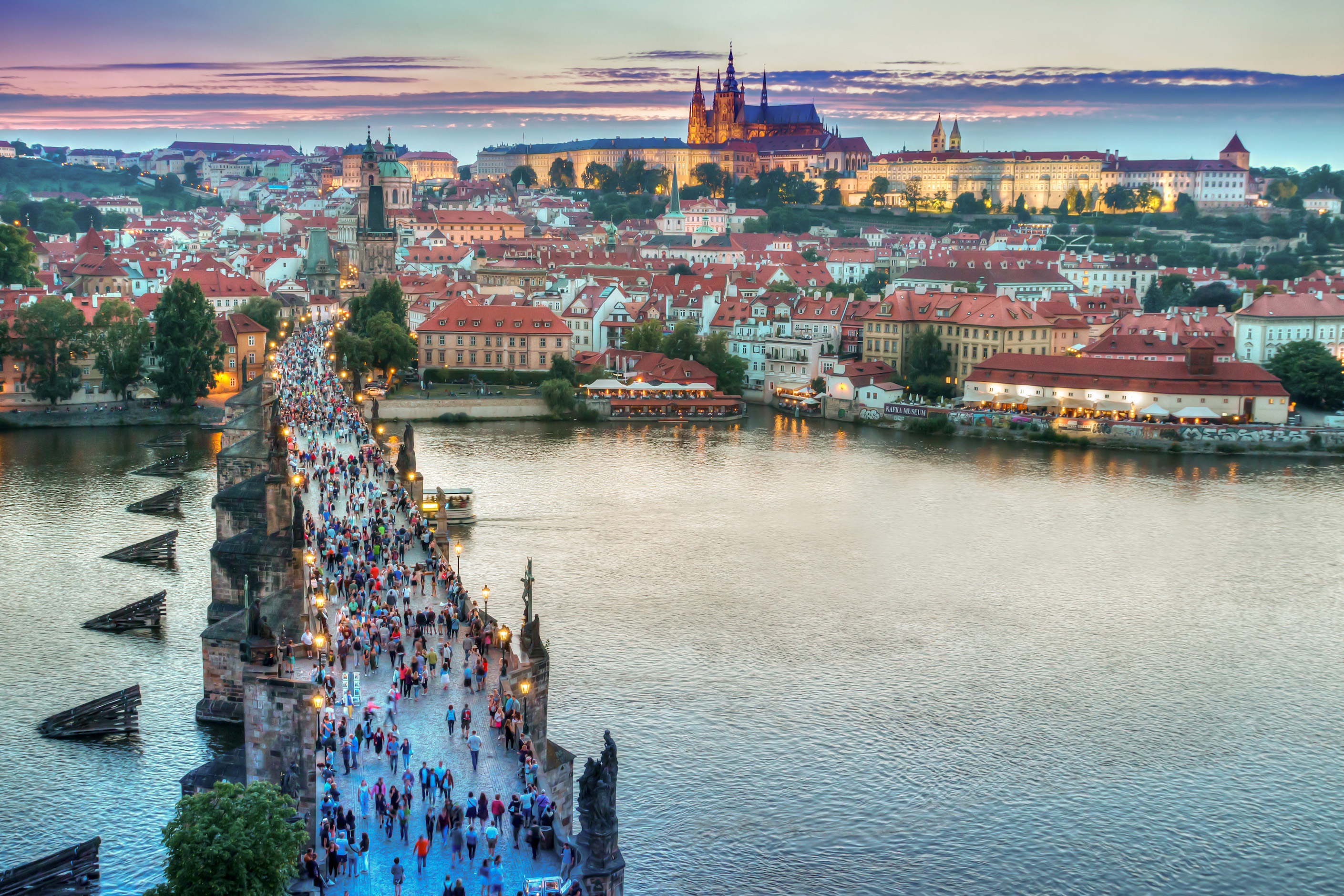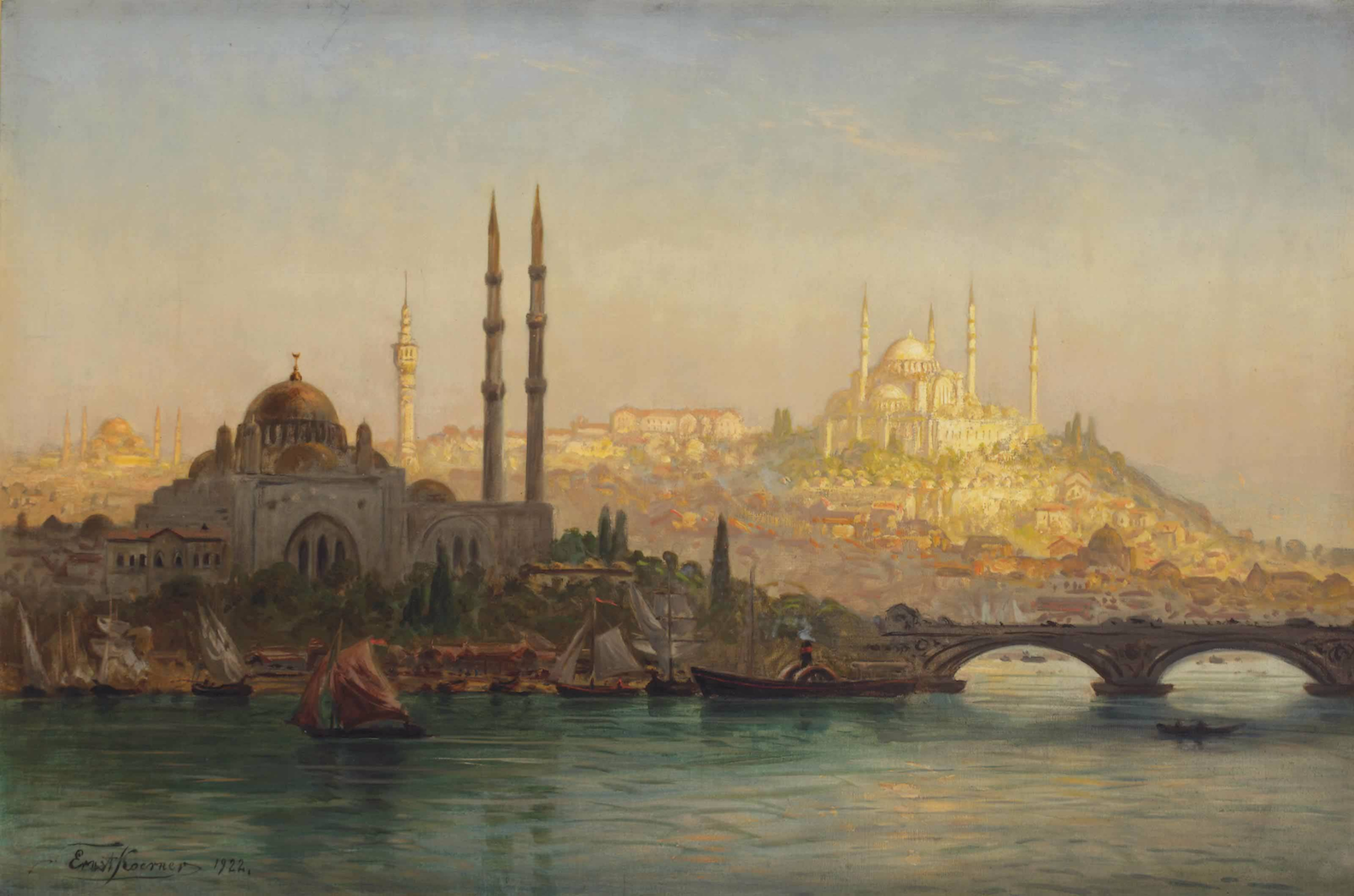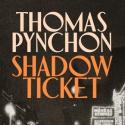Now is the time of year when weary travellers find themselves in some sun-strafed piazza, gazing in bemusement at a world-renowned monument and wondering why on earth they came. Hectored by tourist guides, assailed by selfie sticks, footsore, dehydrated and over-charged, the visitor can easily forget that each iconic location owes its attraction to the stories told about it as much to the stonework around its boulevards. Great fiction can fix the meaning and the mystique of a place as powerfully as any palace or museum. Pack, or download, a key novel rooted in the history and culture of your holiday destination, and it may open up your surroundings in directions that no guidebook or online checklist ever could. From my just-published reader’s guide to 400 years of global fiction, 100 Best Novels in Translation (Galileo), I’ve selected ten extraordinary books that summon the spirit of much-visited cities.
Paris
Victor Hugo, Les Misérables
Parts of Hugo’s swarming, squalid, thrilling city never existed: he manipulated geography and made the map fit his plot. Chunks of his vast novel’s teeming slumland were demolished before or after the book first appeared (in 1862). But much of the early 19th-century Paris that Hugo conjures not only still stands, but bears the indelible stamp of this pioneering, encyclopaedic blockbuster. Both literally and metaphorically, Hugo explores that “honeycomb of underground tunnels” that run just under the surface of respectable society. From ballroom to barricade, hovel to salon, he shows how all the organs of the city, and all its people, interact. The big-hearted epic of the ex-convict Jean Valjean’s struggle “to be a just man” in a warped society ends not in a court or a riot but the sewers of Paris – “the conscience of the city. A heap of crap has this going for it: it does not lie.”
Translator: Julie Rose Publisher: Vintage Classics
Berlin
Alfred Döblin, Berlin Alexanderplatz
Building-site, war-zone and playground, the Weimar Republic’s capital in the late 1920s flashes through this novel in neon pulses of excitement, decadence and danger. Döblin follows the misadventures of small-time crook Franz Biberkopf over a single year after his release from jail. The result is one of the first – and most powerful – novels of big-city life in the age of mass persuasion and propaganda. Headlines, slogans, jingles, catch-phrases, all the verbal and visual overload of the modern metropolis, partner Franz’s vain quest to pull himself out of the lower depths and go straight. Meanwhile, far-right street thugs hint at a nightmare future for Germany that, in 1929, Döblin and his readers could scarcely have imagined. “There is no reason to despair,” promises the storyteller as Franz’s voyage hurtles towards its “hard, cruel and bitter end”. If only…
Translator: Michael Hofmann Publisher: Penguin Classics
Rome
Madame de Staël, Corinne, or Italy
An intellectual superstar in Napoleon’s time, Germaine de Staël wielded such influence that one wag in 1814 claimed that Europe boasted three great powers: England, Russia and Madame de Staël. Corinne, among other things, introduces to fiction the fresh-minted idea of “nationality” as it makes a stand for liberated art, for independent women – and for Italian freedom. Staël’s heroine is a Roman celebrity: a poet-performer, beloved by the people of a fabled city the French-Swiss author loved. Inheritor of all the genius of Rome, and Italy, Corinne falls in love with a high-minded English nobleman. Their rocky affair moves from the Eternal City across the peninsula’s cultural citadels, so lavishly evoked that libraries once shelved this novel among travel guides. Above all, though, it pays a lavish Romantic-era homage to creativity, liberty – and love.
Translator: Sylvia Raphael Publisher: Oxford World’s Classics
Prague
Bohumil Hrabal, I Served the King of England
 Although it starts in the provinces and ends in the backwoods, Hrabal’s unsettling comic masterpiece pivots on the life of a grand hotel in Prague. We follow the picaresque progress of our smooth-talking anti-hero, Dite, from lowly busboy through snooty waiter to hotel manager and, after his downfall, forest labourer. Along the way, his Czech homeland lurches from pre-war republic to Nazi vassal state, then Communist satellite. Roguish, cynical, charming, Dite the great survivor both appeals and appals as he negotiates Prague’s low- and high-life in search of the next scam, the next deal. Hrabal, an ironic lord of misrule, became the joker-hero of his Czech compatriots under the Soviet thumb. Hilarious, bittersweet, this crook’s tour of Central Europe feels the lure – but counts the cost – of compromise with power.
Although it starts in the provinces and ends in the backwoods, Hrabal’s unsettling comic masterpiece pivots on the life of a grand hotel in Prague. We follow the picaresque progress of our smooth-talking anti-hero, Dite, from lowly busboy through snooty waiter to hotel manager and, after his downfall, forest labourer. Along the way, his Czech homeland lurches from pre-war republic to Nazi vassal state, then Communist satellite. Roguish, cynical, charming, Dite the great survivor both appeals and appals as he negotiates Prague’s low- and high-life in search of the next scam, the next deal. Hrabal, an ironic lord of misrule, became the joker-hero of his Czech compatriots under the Soviet thumb. Hilarious, bittersweet, this crook’s tour of Central Europe feels the lure – but counts the cost – of compromise with power.
Translator: Paul Wilson Publisher: Vintage
Vienna
Joseph Roth, The Radetzky March
Roth’s elegiac chronicle traces one family’s fate as the Habsburg empire slides through its decline and fall. Three generations of the Trotta family make, and lose, their fortunes across its vast domains, between the 1850s and the brink of the First World War. They may live in Moravia, Slovenia, or present-day Ukraine. But Vienna always acts as the magnet of their hopes, the source of power, the abode of pleasure, the city of dreams. For all its autumnal tones, The Radetzky March is not a mournful book. Writing in the early 1930s, Roth finds in the coming collapse endless occasions for comedy, satire and haunting lyricism. As the venerable Emperor Franz Josef fades away, his multi-cultural empire glows in a splendid twilight. Tempest and disaster loom, but Roth’s dash and panache almost persuades us that the pre-1914 skies over Vienna and its dominions “were never anything other than blue”.
Translator: Michael Hofmann Publisher: Granta
Moscow
Mikhail Bulgakov, The Master and Margarita
When the devil arrives unannounced in Stalin’s Moscow, in the guise of a variety act, all hell breaks loose. A witty, learned “visiting consultant from abroad”, the famous magician Professor Woland casts his spell over the Soviet capital with the assistance of a talking tomcat and a wise-cracking evil angel. While Woland bamboozles the citizenry, a dissident author – the Master – tells the story of Pontius Pilate and his own dilemmas in a society governed by arbitrary power. This Moscow, though, is no monotonous dystopia but a wild carnival where tyranny has not yet closed minds. Written through the 1930s, as its fearless author courted censorship and worse, Bulgakov’s free-wheeling satirical extravaganza did not see the light of day for almost 40 years. Once fully published, though, the glorious, surreal mayhem of this Moscow turned The Master and Margarita into a global sensation.
Translator: Hugh Aplin Publisher: Alma Classics
Madrid
Camilo José Cela, The Hive
Amid the vitality, and diversity, of Spanish cities today, it’s hard to recall that not so long ago they cowered under the small and great injustices of dictatorship. Cela wrote The Hive in the early 1940s, as Franco and his regime sought to convert their victory in the Civil War into absolute control. With its huge cast of Madrileño characters, its interwoven plot-strands, The Hive shows that great cities cling to their dynamism even as oppression seeks to shut them down. Everyday resistance, though, of the kind that we meet in the streets, parks and cafes of Cela’s city, faces an uphill battle. The Hive buzzes with frantic energy, as scene gives way to scene in a whirlwind cinematic montage of urban experience. In this frozen society, however, nothing can really change. For all this book’s exhilaration, the hive of Madrid remains a jail.
Translator: JM Cohen Publisher: Dalkey Archive Press
Lisbon
José Saramago, The Year of the Death of Ricardo Reis
Depicted in the mid-1930s, as Salazar’s comic-opera autocracy took hold in Portugal, the Lisbon of this 1980s novel hovers on a misty borderland between reality and dream. Droll, wistful, satirical, even mystical, Saramago bends the coils of his snaky sentences around states of the soul, and states of society. “Ricardo Reis”, an expat who returns from Brazil to die in the rain-sodden port on the Tagus, is Saramago’s version of a character created by that earlier Portuguese master, Fernando Pessoa. This Reis sinks into nine months of limbo in Lisbon, as moribund and marginal as the city – as Portugal – itself. For all its spectral atmosphere, the novel delivers a pin-sharp, often comic, portrait of the shabby capital as its tinpot strongman tries to “modernise” the place, and its people. Yet Reis still finds himself “floating… in mid-ocean, neither here nor there. Like the rest of the Portuguese.”
Translator: Giovanni Pontiero Publisher: Vintage
Istanbul
Orhan Pamuk, The Black Book
 As Turkey slips towards the military takeover of 1980, a distraught lawyer searches for his missing wife. Then their kinsman, a cult newspaper columnist, also disappears. Our hero Galip embarks on a quest through the labyrinth of Istanbul, metropolis not only of missing persons but forgotten stories and discarded dreams. He becomes an “apprentice detective” whose investigations reveal the secrets, marvels – and shames – of his home town. Both a detective story and an inquiry into memory and history, The Black Book conjures this city of layers and legends into being with mesmerising artistry. Pamuk adores his native streets, each filled with the tantalising freight of the Ottoman past, but also shows the city as a place of grief and tears, shrouded in its “thick cloak of melancholy”. Nostalgia, longing and mystery converge to make this the richest of Pamuk’s rapturous homages to Istanbul.
As Turkey slips towards the military takeover of 1980, a distraught lawyer searches for his missing wife. Then their kinsman, a cult newspaper columnist, also disappears. Our hero Galip embarks on a quest through the labyrinth of Istanbul, metropolis not only of missing persons but forgotten stories and discarded dreams. He becomes an “apprentice detective” whose investigations reveal the secrets, marvels – and shames – of his home town. Both a detective story and an inquiry into memory and history, The Black Book conjures this city of layers and legends into being with mesmerising artistry. Pamuk adores his native streets, each filled with the tantalising freight of the Ottoman past, but also shows the city as a place of grief and tears, shrouded in its “thick cloak of melancholy”. Nostalgia, longing and mystery converge to make this the richest of Pamuk’s rapturous homages to Istanbul.
Translator: Maureen Freely Publisher: Faber & Faber
Cairo
Naguib Mahfouz, The Cairo Trilogy
The Arabic literary tradition had seldom embraced the novel in its “Western” forms before Naguib Mahfouz got to work. Yet, by the late 1940s, he was able to produce, in Egyptian Arabic, one of the great fictional cycles of the century. The Cairo Trilogy views Mahfouz’s city, and his era, through the lens of a family saga. And what a saga: the achievements and setbacks of the al-Jawad family, a prosperous merchant clan, both illustrate and counterpoint the wider movements of history. Through the patriarch Al-Sayyid Ahmad Abd al-Jawad, his wife Amina and their restless, questing children, the drive towards freedom – on every level – comes into focus. As do the forces that oppose it, from Britain’s semi-colonial rule to the demands of custom and faith. Mahfouz, meanwhile, makes the seductive, elusive ancient city a major protagonist in itself; an ever-fascinating mosaic of myth, memory and desire.
Translator: William M Hutchins et al Publisher: Everyman’s Library
- Boyd Tonkin’s The 100 Best Novels in Translation is published by Galileo (£14.99)















Add comment